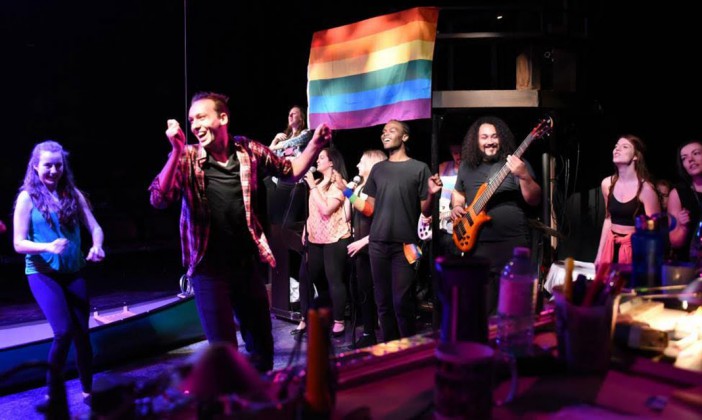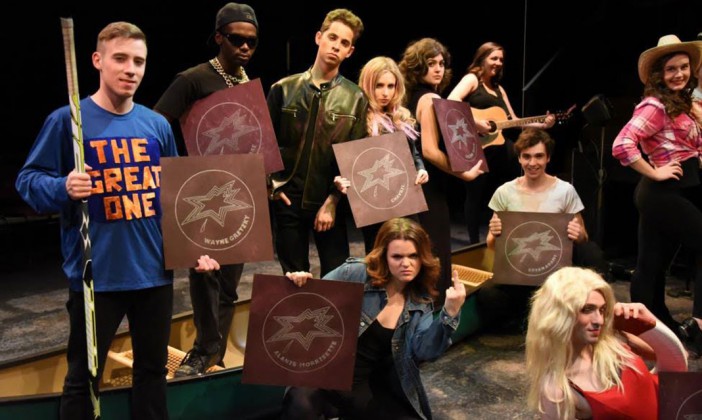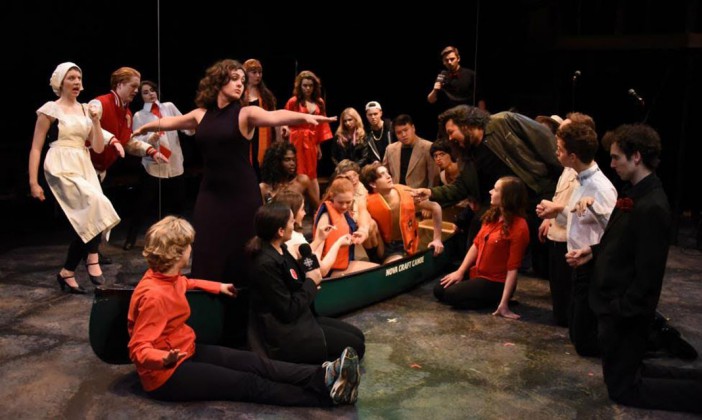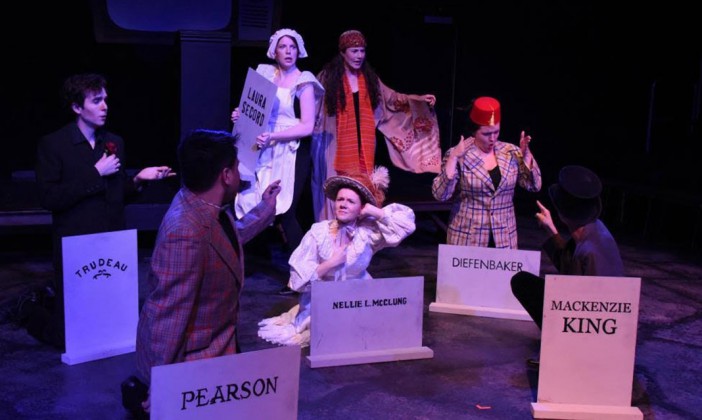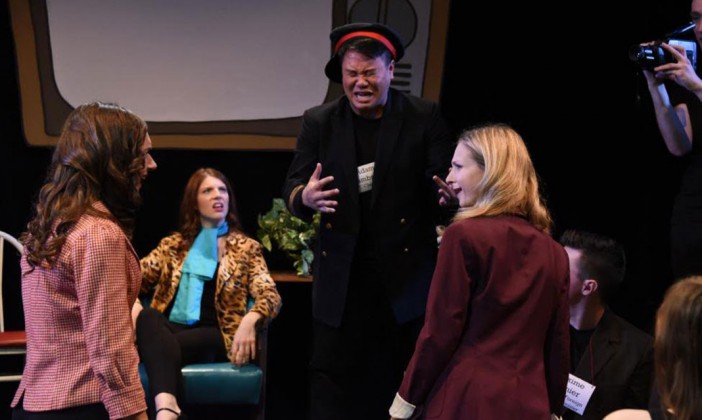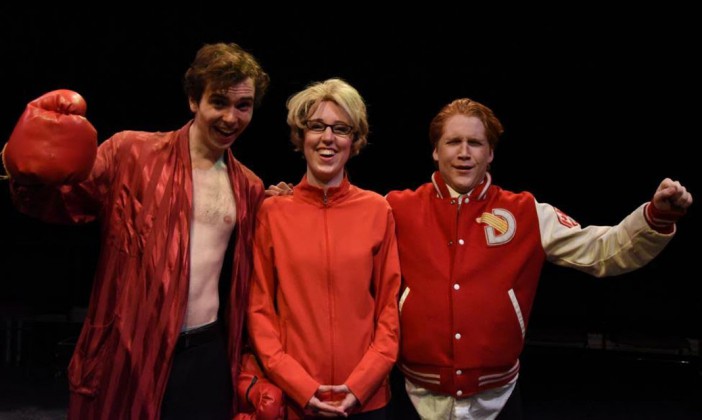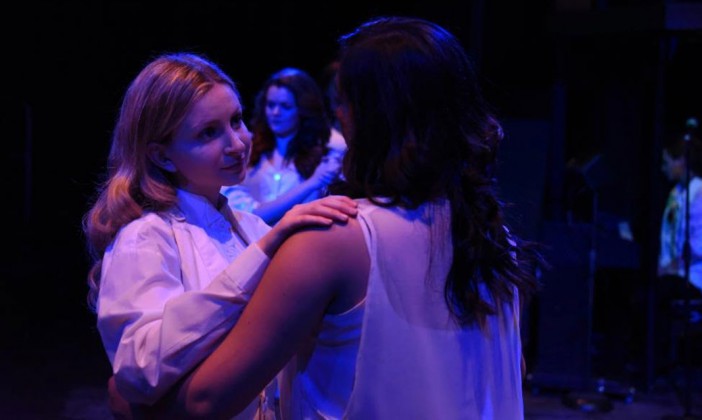You can argue that all actors are exhibitionists. By that logic, I suppose that anyone who goes to the theatre is automatically a voyeur.
I’ll say this about the Theatre Erindale Collective as a genre: they can’t be compared to “normal plays”. They can barely even be compared to other collectives, and I’ve seen a lot of them. Some follow linear plots with a mostly realistic premise, others are episodic and tangential, and still others are not “plays” in the traditional sense of the word—they are experiments in movement and voice.
Director Melissa-Jane Shaw writes, “While what you watch is largely a sketch-comedy style variety show, there is also some heavy and contentious material as well.” And that about sums it up. How to Make Love in a Canoe is smart, funny, fast-paced, and educational, but also deeply touching.
In 1967, Pierre Trudeau, then justice minister, said, “There’s no place for the state in the bedrooms of the nation.” But you know what does have a place in those bedrooms? The theatre. In fact, the theatre gets into people’s bedrooms (and canoes) with a vengeance. Everything, and I mean everything, gets air time in this show. Gay sex, lesbian sex, transgender history, transgender artists, abortion, political scandals, the new sex-ed curriculum, and guest appearances by Rob Ford, Pierre Trudeau, Justin Trudeau, Kathleen Wynne, and Margaret Atwood, among many, many others.
I realize that on paper this all sounds like chaos. And in a way, it is. But it’s a productive chaos. I appreciated that the show happens in thematic rather than chronological order. This kind of setup works because chronology kind of doesn’t matter. There were revolutionaries in every age. It’s just a question of seeking them out.
Because a collective is always based on a book (in this case, How to Make Love in a Canoe by Jeff Pearce), and that book is generally speaking about Canadian history, it can be a challenge to get contemporary material onstage. Here, there were, of course, characters from hundreds of years ago, but the vast majority of the play takes place post-1950. Establishing who everyone is in the period drama version can be time-consuming and repetitive. It was refreshing to be able to have Rob Ford, for instance, walk onstage and for everyone in the audience to know who he is and what he is responsible for without a requisite 10-minute explanation.
Furthermore, it is common practice in theatre schools everywhere to have reams of women playing men in puffy Elizabethan pants. This is a simple math problem: well over 50 percent of the demographic that attends theatre school is female, and well over 50 percent of the characters in period plays are male. Because of this, it has become customary for women to play men, and it’s not really a surprise. Men playing women, though, is always a punch line. How to Make Love in a Canoe turns all of that on its head. Nearly everyone in the cast bounces back and forth along the gender spectrum incessantly, and sometimes it’s funny, but not always. Jokes are not the goal.
How to Make Love in a Canoe is, I suppose, biased in the way that most theatre these days is. It’s obvious where this third-year class stands: they are, at least as far as I can see, left-wing, feminist, allied, and opinionated. There’s a chance that some audience members will be offended. But the class makes its point in the segment on censorship: no one’s forcing you to look.

